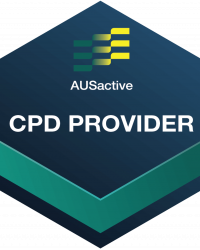Mat Repertoire
Hip Mobility:
Hamstring Pull
Alternate Names
Single Straight Leg Stretch, Scissors
Derived From
Classical Mat Pilates: Single Straight Leg Stretch
Primary Element
Mobility
Why for Primary?
To create mobility through the hips in flexion and extension. The leg reaching away is stretching the front of the hip or hip flexors and activating hip extensor muscles (gluteals and hamstrings). The reaching overhead is stretching hamstrings and activating hip flexor muscles.
Secondary Element
Strength
Why for Secondary?
To strengthen the abdominals in a flexed torso position, and the legs in the increased range of motion.
Tertiary Element
Stability
Why Tertiary?
To create and develop pelvis stability whilst the legs are scissoring.
Repetitions
4-6 each side
Plane of Motion
Sagittal
Targeted Muscles
To create pelvis stability and initiate the posterior tilt the targeted muscles are the deep abdominal muscles transversus abdominis.
To reach the leg backwards or overhead, the primary muscles are the gluteals and hamstrings
- Gluteus maximus
- Posterior head of the adductor magnus
- Hamstrings
To move the leg forward the primary muscles are the hip flexors
- Psoas
- Illiacus
- Rectus femoris
Warnings
This exercise may be unsuitable for clients who are unable to activate abdominals or where abdominal activation is contraindicated.
It may also be difficult for clients with tight hip flexors and/or hamstrings so it may be beneficial to stretch as part of a Warm Up if intending t include this exercise in a program.
Execution
Lie supine on the Mat with the legs in a table top position (hips and knees at a 90-degree angle). Place the hands onto the knees and chest lift forward extending one leg towards the ceiling the other long hovering above the mat, the hands supporting the back of the vertical leg.tabletop
Double exhale to pulse the vertical leg toward the forehead, inhale to change over or scissor the legs, maintaining the chest lift throughout.
Observations
Do a body scan of the client taking note of the following points
- Head and Neck
- Is the back of the neck long and crease-free? A slight retraction of the neck with the chin tucked can help avoid straining the neck
- Pelvis
- Are the hip bones even horizontally or is the client leaning to one side?
- Is the pelvis stable and tilted posterior throughout? The leg reaching away and downwards will want to pull the pelvis anterior if it goes too low
- Legs
- Is the second pulse allowing for a deeper hamstring stretch with the leg reaching upwards?
- Are the legs able to move independently with the hands guiding? Use the strength of the legs as opposed to the arms pulling
Learning Style Technique Cues
Auditory – word associations that connect mind and body
- Aim to draw the chest and leg towards each other, not the head and neck moving
- Keep the elbows tucked in and shoulders relaxed and anchored so the movement comes from the shoulders, not the elbows bending
- Say the client’s name when you’re about to interact with them
Visual
- Image a pair of scissors at the closed position when the legs are at 45 degrees, then the open position when the legs are reaching away. Aim for even ‘blades’ of the scissors throughout
- You may demonstrate a part of the movement as a visual representation for the client to see
Kinaesthetic
- Keep the torso completely still maintaining the height of the chest lift and let the legs move in and out or scissor upwards and downwards
- Push the top leg into the hands to help keep the torso lifted
Modifications and Variations
Regress the exercise by
- Keeping the head and chest down
- Holding on lower down the top leg
- Reduce the repetitions and/or pace
- Working on Abdominal Work: Single Leg Stretch
Progress the exercise by
- Adding pace and/or repetitions
- Working towards Hip Mobility: Scissors
- Working towards Hip Mobility: Control Balance
- Rocking backwards overhead and forwards up to a seated position but keeping the scissors blades (or legs) in the same position with the hands holding the top leg
- Placing the hands behind the head or increasing the pace and repetitions
- Adding ankle weights
Series and Transitions
This exercise is part of the Hip Mobility series. This series can also be found in the Reformer repertoire, Wunda Chair, Barrel and Cadillac repertoire.
Inspired Academy follows the order below to create stability and mobility before adding strength.
- Hamstring Pull
- Scissors
- Bicycle
- Control Balance

